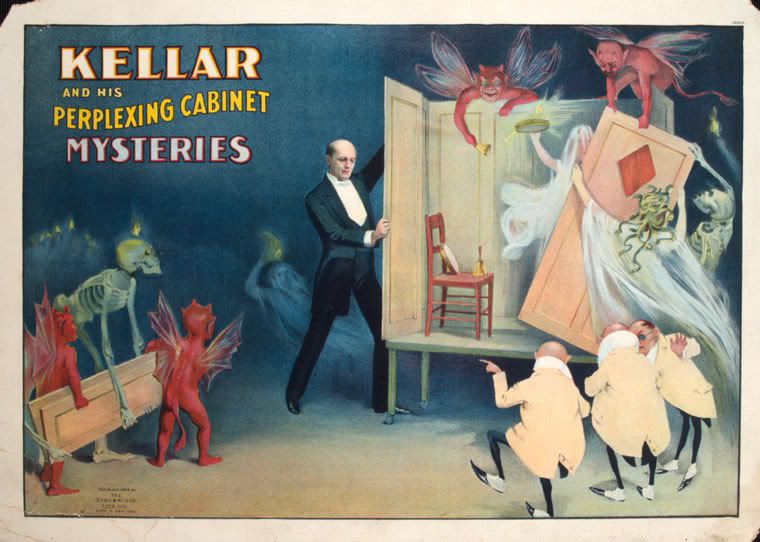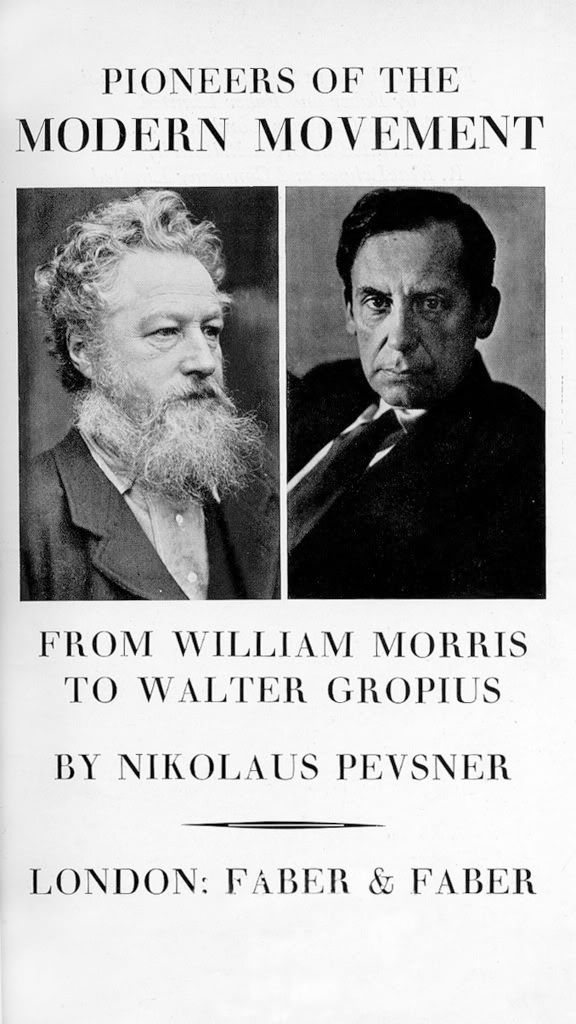No critic of experience will return to a discussion of the terms “romanticism” and “classicism” with anything but extreme reluctance; no subject has provoked so much but extreme resistance; no subject has provoked so much weary logomachy since the Scholastics argued themselves out on the question of nominalism. I only take up the discussion again (eating my own words in the process) because I think that Surrealism has settled it. So long as romanticism and classicism were considered as alternative attitudes, rival camps, professions of faith, an interminable struggle was in prospect, with the critics as profiteers. But what in effect Surrealism claims to do is resolve the conflict—not, as I formerly hoped, by establishing a synthesis which I was prepared to call “reason” or “humanism”—but by liquidating classicism, by showing its complete irrelevance, its anaesthetic effect, its contradiction of the creative impulse. Classicism, let it be stated without further preface, represents for us now, and has always represented, the forces of oppression. Classicism is the intellectual counterpart of political tyranny. It was so in the ancient world and in the medieval empires; it was renewed to express the dictatorships of the Renaissance and has ever since been the official creed of capitalism. Wherever the blood of martyrs stains the ground, there you will find a doric column or perhaps a statue of Minerva.
Herbert Read, introduction, Surrealism (1936)




